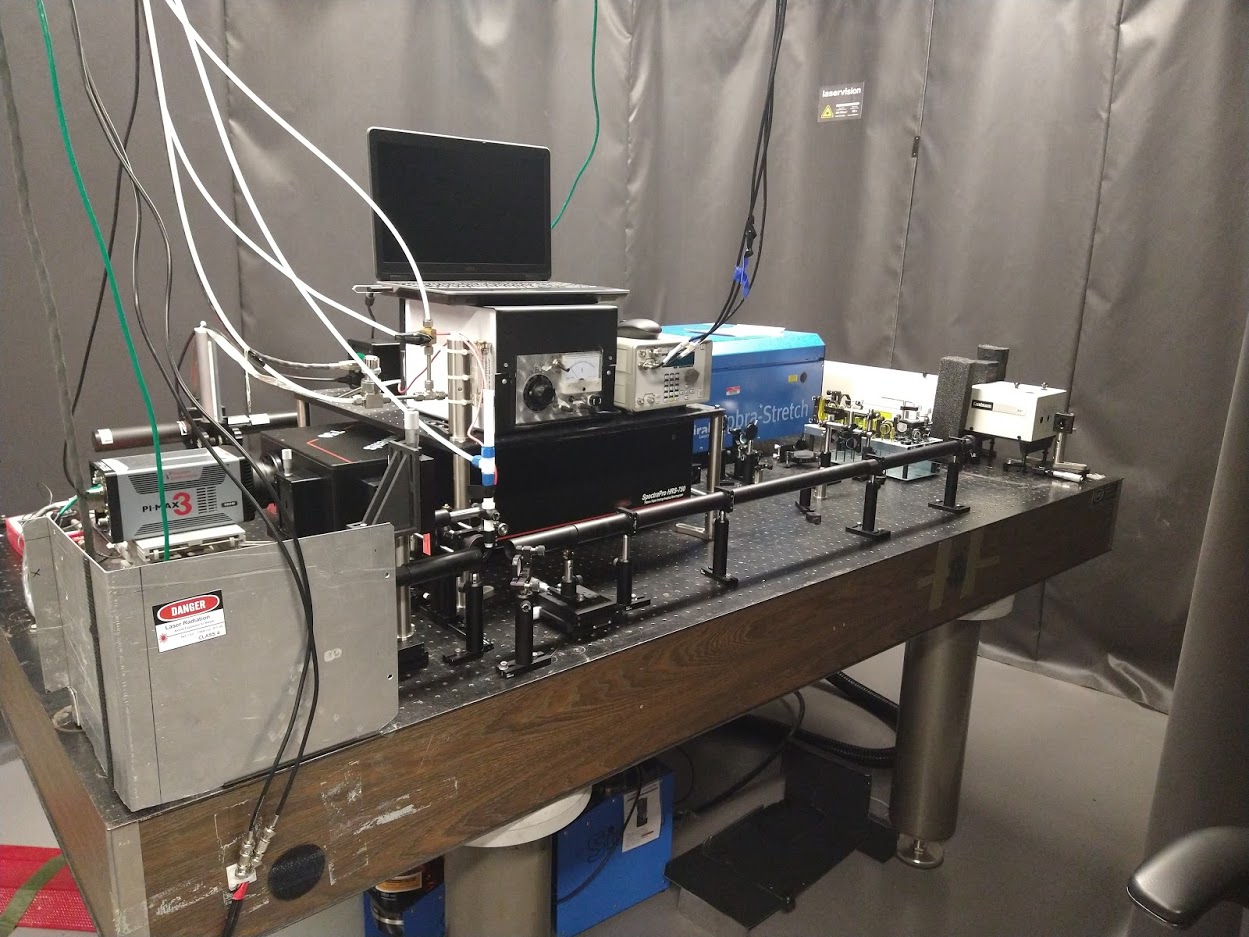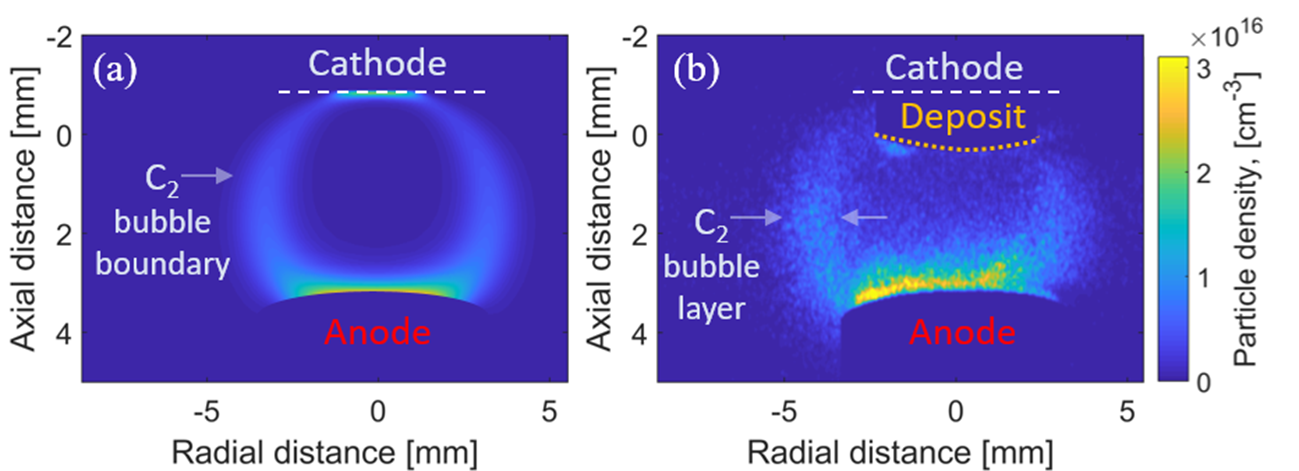Nanosecond LIF/TALIF
Advanced Diagnostics Navigation
- Atomic and molecular species, positive and negative ions
- Laser-Induced Fluorescence (LIF) and Two-Photon Absorption LIF (TALIF)
- Radar Resonant Enhanced Multi-Photon Ionization (Radar REMPI)
- Characterization of plasma, chemical composition and dynamic behavior
- Electron velocity distribution function, gas flow velocity and temperature
- Electric field and space potential
- Nanoparticle Diagnostics
- Surface Diagnostics
Nanosecond LIF/TALIF
Absolute and relative density measurement of atomic and molecular species
Planar LIF facilitates instantaneous measurement of 2-D distribution
Density threshold as low as 109 cm-3
Spatial resolution ≥ 100-200 μm, temporal resolution ≥ 3 ns

Laser-induced fluorescence (LIF) is an active spectroscopy diagnostics method that allows probing the populations of atoms and molecules with excellent spatial and temporal resolution. For atomic species LIF relies on resonant excitation of atoms into a higher electronic state. The excited atom then decay into a lower energy state, subsequently emitting a fluorescent photon. The detection of fluorescence allows deducing the population of the ground state, with absolute densities inferred via suitable calibration methods. The application of high-power pulsed lasers with highly collimated and coherent beams makes LIF very sensitive technique where the fluorescence can be detected in concentrations of species a low as 109 cm-3.The available nanosecond laser systems at PPPL are capable of generating any wavelengths starting from 192 nm to 2750 nm, in order to excite any available transitions in that range. Our system also allows us to implement planar geometry of LIF (pLIF) and TALIF diagnostics in a conjunction to conventional LIF scheme. Planar geometry delivers instantaneous distribution of species of interest at selected state along the laser beam expanded into a sheet.
The picture below shows an example of using planar LIF for measuring of carbon dimers in carbon arc discharge and the comparison to simulation.


Computational fluid dynamics simulation (CFD)
Planar LIF experiment
 This capability is located at the Princeton Plasma Physics Laboratory.
This capability is located at the Princeton Plasma Physics Laboratory.
